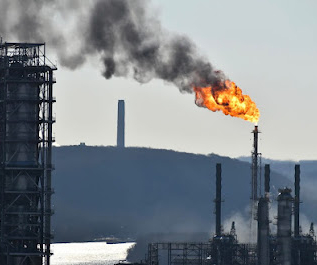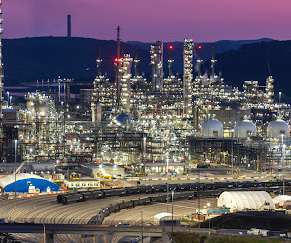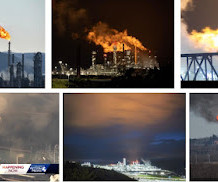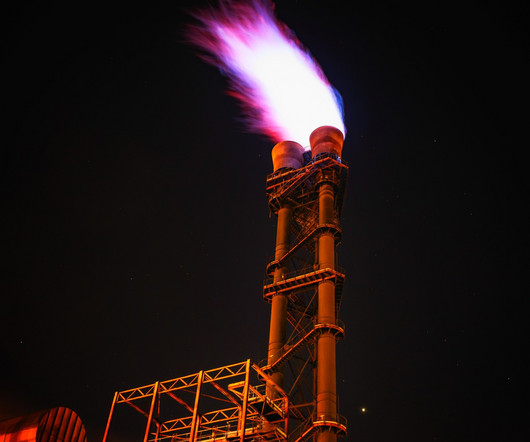Unraveling LA’s Hydrogen Combustion Experiment
Legal Planet
MARCH 6, 2023
Critically, and as we’ll discuss in greater depth shortly, hydrogen combustion (as opposed to its use in fuel cells) also leads to greater emissions of nitrogen oxides (NOx), a toxic group of pollutants regulated under the Clean Air Act. Photo from user Facewizard, Wikimedia Commons (CC BY-SA 4.0)
















Let's personalize your content